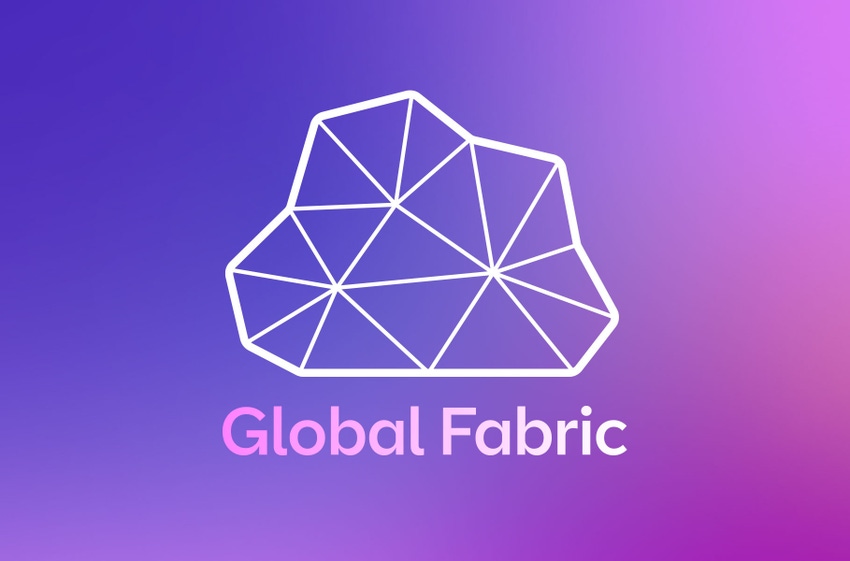BT launches multi-cloud network-as-a-service product
UK incumbent BT has launched Global Fabric, which is supposed to connect up multiple cloud environments and offer on array of benefits in the process.
October 17, 2023

UK incumbent BT has launched Global Fabric, which is supposed to connect up multiple cloud environments and offer on array of benefits in the process.
Global Fabric is based on a network-as-a service model and is ‘designed to be flexible, scalable and resilient both in the quality of connectivity and the convenience of pay-as-you-use’. It is also supposed to help customers use digital automation and AI.
The pitch is that customers will be able to choose what type of connectivity they want to use for their applications and workloads and ‘manage the routes these take as they move across the network.’ With this control, BT claims, they can improve application performance, manage costs and address regulatory requirements for data in transit.
A ‘digital orchestration and e-commerce-like interface’ will also let customers to ‘shop for connectivity’. Global Fabric will be pre-integrated with over 630 digital service providers and over 700 datacentres, including the world’s largest public cloud providers (by which it presumably means Google Cloud, Microsoft Azure and AWS), private clouds, network, software-as-a-service (SaaS), and secure access service edge (SASE) solutions.
BT adds that an AI-powered digital orchestration layer will mean unlike the internet, Global Fabric will be ‘deterministic’ — a concept which they say means ‘customers will be able to trust BT to deliver the predictable application experience they expect by selecting the optimal end-to-end paths for their applications and workloads as they move to and between multiple clouds and end users.’
In terms of connectivity options, it will include a new ‘BT-enhanced Internet service’, point-to-point Ethernet, multi-point Ethernet and MPLS and these will be offered in bandwidth increments of 1 Mbps up to 100 Gbps.
It’s also pitched as having a sustainability angle. BT says that when the Global Fabric network is fully rolled out, it will consume 8,326 MWh/year versus its ‘existing international networks’ at 39,890 MWh/year — representing a 79% reduction.
Bas Burger, CEO, Business, BT, said: “Global Fabric will future proof customers’ connectivity by providing flexibility to ensure they’re always connected so they can always be productive. They’re facing a new wave of digital revolution with AI, IoT and automation driving demand for simplicity and better multi-cloud connectivity. Customers can achieve better total costs, boost app performance and user experience, all while complying with regulations and mitigating cyber threats. Global Fabric means multi-cloud works better on BT.”
Jan Hein Bakkers, Senior Research Director at IDC was also drafted into the press release to further explain: “Organisations realise that the network is a critical foundation for their digital-first and cloud-centric strategies. With the launch of Global Fabric, BT addresses their need to transform their networks. IDC research shows that organisations should adopt a secure and sustainable platform that provides the flexibility, manageability, scalability, and cost effectiveness that can support the right end-user experience for each application. Communications service providers that can deliver performant connectivity solutions with these attributes will be well placed to succeed.”
Even for those with half a clue about such matters, concepts such as a ‘deterministic’ connectivity probably need a bit more unpacking, and as a sales pitch to its business customers, BT may benefit from sharpening its articulation of the specific problems Global Fabric will solve for them. But overall offering some sort of layer to better manage multiple cloud environments, better protect data, and in some way make use of AI seems like the sort of thing that there could be a growing market for in the coming years, and one that BT is perhaps well placed to provide.
Get the latest news straight to your inbox. Register for the Telecoms.com newsletter here.
About the Author(s)
You May Also Like











_1.jpg?width=300&auto=webp&quality=80&disable=upscale)


.png?width=800&auto=webp&quality=80&disable=upscale)